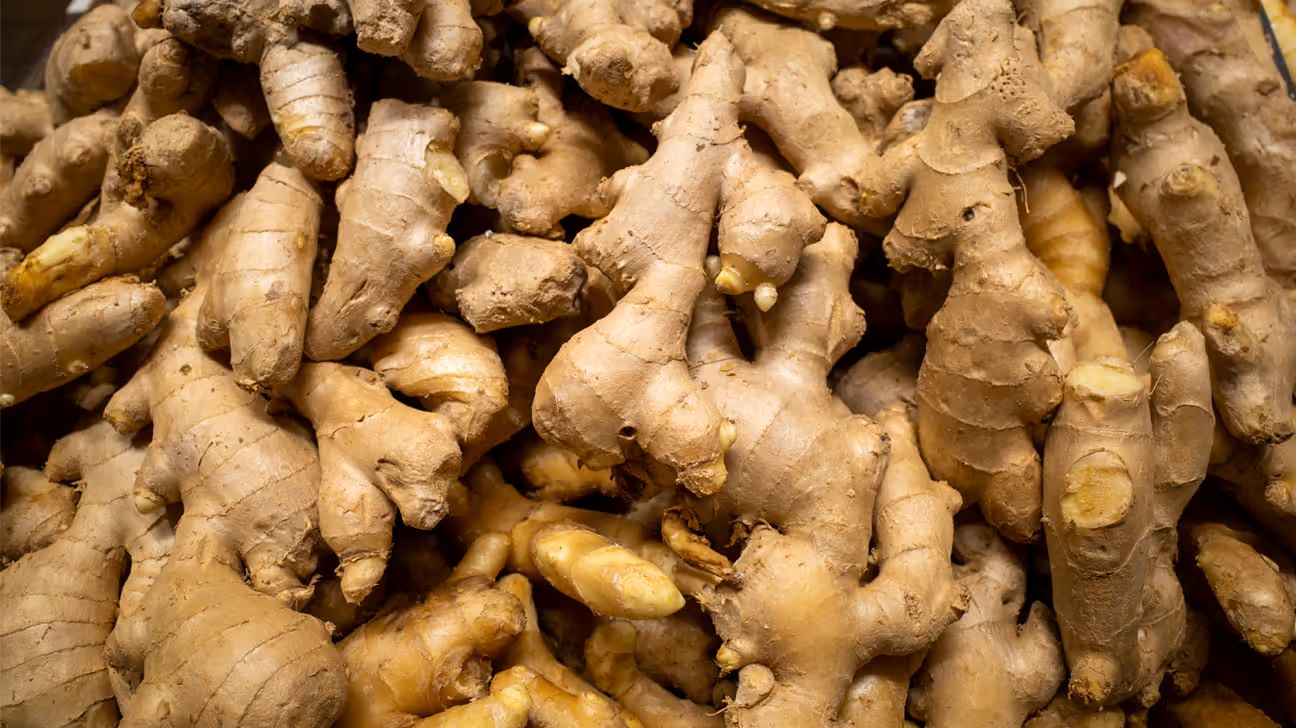

Articles
How To Store Ginger
Modified: February 23, 2024
Learn the best methods for storing ginger to keep it fresh and flavorful. Discover expert tips and tricks in this informative article.
(Many of the links in this article redirect to a specific reviewed product. Your purchase of these products through affiliate links helps to generate commission for Storables.com, at no extra cost. Learn more)
Introduction
Ginger, with its aromatic and spicy flavor, is a popular ingredient in cuisines around the world. Not only does it add a delightful kick to dishes, but it also offers numerous health benefits. From relieving nausea and reducing inflammation to boosting immune function, ginger is truly a versatile and powerful root.
When it comes to enjoying the exceptional flavor and health benefits of ginger, proper storage is essential. Just like any other fresh produce, ginger can easily spoil if not stored correctly. In this article, we will explore various methods to store ginger and ensure its freshness and quality for as long as possible.
Key Takeaways:
- Proper storage of ginger is crucial to maintain its flavor, extend its shelf life, preserve its health benefits, reduce waste, and ensure availability for culinary endeavors.
- Whether refrigerating, freezing, storing in a root cellar/pantry, or drying, proper preparation and packaging are key to protecting ginger from moisture, mold, and flavor loss.
Read more: How To Store Garlic And Ginger
Why Proper Storage is Important
Properly storing ginger is crucial for two primary reasons – maintaining its optimal flavor and extending its shelf life. Ginger contains volatile oils, which are responsible for its distinctive taste and aroma. If improperly stored, these oils can evaporate, resulting in a less potent flavor profile.
Additionally, ginger is a perishable root, meaning it can spoil if exposed to excess moisture, heat, or air. Ensuring that the ginger is stored in a suitable environment will help prevent mold growth, rotting, and loss of quality.
Choosing Fresh Ginger
Before we delve into storage methods, it’s essential to select fresh ginger from the beginning. When purchasing ginger, look for roots that feel firm, have smooth skin, and are free from wrinkling or soft spots. Fresh ginger should also have a strong, spicy aroma.
Avoid purchasing ginger that appears moist or has visible mold. These are signs that the ginger is past its prime and may not keep well, even with proper storage.
Preparing Ginger for Storage
Once you have selected fresh ginger, it’s important to prepare it properly before storing. Start by gently cleaning the ginger root under running water to remove any dirt or debris. You can use a brush or your fingers to gently scrub the skin.
Next, carefully pat the ginger dry with a clean towel. Excess moisture can lead to mold growth, so it’s crucial to remove any water from the surface of the root.
Now that the ginger is clean and dry, you can choose from several storage methods to keep it fresh for an extended period.
Key Takeaways:
- Proper storage of ginger is crucial to maintain its flavor, extend its shelf life, preserve its health benefits, reduce waste, and ensure availability for culinary endeavors.
- Whether refrigerating, freezing, storing in a root cellar/pantry, or drying, proper preparation and packaging are key to protecting ginger from moisture, mold, and flavor loss.
Read more: How To Store Garlic And Ginger
Why Proper Storage is Important
Properly storing ginger is crucial for two primary reasons – maintaining its optimal flavor and extending its shelf life. Ginger contains volatile oils, which are responsible for its distinctive taste and aroma. If improperly stored, these oils can evaporate, resulting in a less potent flavor profile.
Additionally, ginger is a perishable root, meaning it can spoil if exposed to excess moisture, heat, or air. Ensuring that the ginger is stored in a suitable environment will help prevent mold growth, rotting, and loss of quality.
When ginger is not stored properly, it can become limp, lose its firmness, and develop a mushy texture. The taste may also become bland, with a decreased intensity of spiciness and aroma. This can greatly affect the overall flavor and enjoyment of dishes where ginger is used.
Proper storage of ginger also includes preserving its health benefits. Ginger is known for its anti-inflammatory and antioxidant properties, and these qualities can diminish if the root is not stored correctly. By keeping ginger fresh, you can maximize the nutritional value of this remarkable ingredient.
Another reason why proper storage is important is to reduce waste. When ginger spoils, it not only affects its taste and texture, but it also becomes a loss of money and ingredients. By implementing suitable storage methods, you can minimize waste and make the most of your ginger root.
Furthermore, proper storage allows you to have ginger readily available whenever you need it. Whether it’s for cooking a delicious meal or brewing a soothing cup of ginger tea, having fresh ginger on hand ensures that you can enjoy its flavors and benefits whenever the mood strikes.
In summary, proper storage of ginger is essential for maintaining its flavor, extending its shelf life, preserving its health benefits, reducing waste, and ensuring availability for culinary endeavors. Now that we understand the importance of proper storage, let’s explore different methods to store ginger effectively.
Choosing Fresh Ginger
Before we delve into storage methods, it’s essential to select fresh ginger from the beginning. When purchasing ginger, look for roots that feel firm, have smooth skin, and are free from wrinkling or soft spots. Fresh ginger should also have a strong, spicy aroma.
One way to identify fresh ginger is by its appearance. Choose roots that are plump and have a taut skin. Avoid ginger that feels soft or has visible signs of decay, as this indicates that it may not stay fresh for long.
The skin of fresh ginger should be smooth and thin, without any blemishes or discoloration. It should have a light brown color, with a slight shine to it. Avoid ginger with wrinkled or shriveled skin, as these are signs of dehydration and age.
In addition to appearance, consider the fragrance of the ginger. Fresh ginger has a strong and spicy aroma that is invigorating to the senses. Give the ginger a gentle sniff, and if it smells pungent and zesty, you can be confident that it is fresh. If the ginger lacks fragrance or has an unpleasant smell, it is best to choose another root.
Size is another aspect to consider when selecting ginger. While there is no specific size that indicates freshness, it is generally recommended to choose roots that are medium-sized. These are typically easier to work with and have a good balance of flavor and texture.
When buying ginger, it is ideal to purchase it with the skin intact. This helps preserve the ginger’s freshness and prevents moisture loss. Avoid pre-packaged ginger that has been peeled or has exposed flesh, as it may deteriorate faster.
Remember, fresh ginger should be vibrant, firm, and fragrant. By selecting high-quality ginger from the start, you set a foundation for successful storage and enjoyment of this versatile root.
Preparing Ginger for Storage
Once you have selected fresh ginger, it’s important to prepare it properly before storing. Start by gently cleaning the ginger root under running water to remove any dirt or debris. You can use a brush or your fingers to gently scrub the skin.
It’s worth noting that there is no need to peel the ginger before storage. The skin of ginger is edible and contains valuable nutrients. Peeling it can result in the loss of flavor and nutrients.
Next, carefully pat the ginger dry with a clean towel. Excess moisture can lead to mold growth, so it’s crucial to remove any water from the surface of the root. Ensure that the ginger is completely dry before proceeding.
After drying the ginger, you can choose from several storage methods to keep it fresh for an extended period.
Option 1: Refrigerating Ginger
Refrigerating ginger is a popular method to prolong its shelf life. Wrap the ginger tightly in a paper towel and then place it in a resealable plastic bag or an airtight container. This helps prevent the ginger from becoming too moist or absorbing other odors in the refrigerator.
Store the ginger in the vegetable crisper drawer, which provides a slightly cooler and more humid environment. Properly stored, ginger can last up to 2-3 weeks in the refrigerator.
Option 2: Freezing Ginger
To freeze ginger, start by cutting it into smaller pieces or grating it. This makes it more convenient to use when needed. Place the ginger in a freezer-safe bag or container, ensuring that no air is trapped inside. Label the container with the date to keep track of its freshness.
When you’re ready to use frozen ginger, you can grate it directly into dishes or slice and chop it. Frozen ginger can be stored for up to 6 months in the freezer.
Option 3: Storing Ginger in a Root Cellar or Pantry
If you have a root cellar or a pantry with cool and dry conditions, you can store ginger there. Place the ginger in a breathable container, such as a mesh bag or a paper bag, to allow for proper air circulation.
Keep it away from direct sunlight, moisture, and heat sources. Under ideal conditions, ginger can last up to a month when stored at room temperature.
Option 4: Drying Ginger
Drying ginger is an excellent method for long-term storage. Start by slicing the ginger into thin pieces or grate it. Arrange the ginger slices or grated ginger on a baking sheet lined with parchment paper.
Place the baking sheet in an oven set to the lowest temperature or use a food dehydrator. Allow the ginger to dry for several hours until it becomes brittle. Store the dried ginger in an airtight container, away from light and moisture. Properly dried ginger can last for several months.
By following these preparation and storage methods, you can enjoy the freshness and flavor of ginger for an extended period. Experiment with different storage options to find the method that works best for your needs and preferences.
Store ginger in the refrigerator to keep it fresh for longer. Place the ginger in a resealable plastic bag or airtight container, and store it in the crisper drawer. This will help prevent it from drying out and mold growth.
Option 1: Refrigerating Ginger
Refrigerating ginger is a popular method to prolong its shelf life and keep it fresh for a more extended period of time. This method is ideal if you plan on using the ginger within a few weeks.
To refrigerate ginger, start by wrapping it tightly in a paper towel. This extra layer helps absorb any excess moisture and prevents condensation, which can lead to mold growth.
After wrapping the ginger, place it in a resealable plastic bag or an airtight container. Make sure to squeeze out any excess air before sealing the bag or closing the container. This step helps maintain a stable environment and prevents the ginger from drying out.
When storing ginger in the refrigerator, it’s best to keep it in the vegetable crisper drawer. This part of the refrigerator typically maintains slightly higher humidity levels, which helps keep the ginger fresh and prevents it from drying out.
It’s important to note that refrigerated ginger may develop some sprouts over time. These sprouts, also known as “eyes,” are perfectly safe to consume and can be removed before using the ginger if desired.
With proper storage in the refrigerator, ginger can last up to 2-3 weeks. However, it’s essential to periodically check the ginger for any signs of spoilage or mold. If you notice any soft spots, discoloration, or unpleasant odor, it’s best to discard the ginger to ensure food safety.
When using refrigerated ginger, you can easily grate, slice, or chop it as needed. The chilled ginger may be a bit firmer than fresh ginger at room temperature, but it will still impart the same delightful flavor and aroma to your dishes.
Overall, refrigerating ginger is a convenient and effective method to store it for short-term use. It’s a great option if you want to have fresh ginger on hand and make the most of its flavor and potential health benefits.
Option 2: Freezing Ginger
If you have a surplus of ginger or want to store it for a longer period, freezing is an excellent option. Freezing ginger allows you to preserve its freshness and flavor, ensuring that you always have ginger available whenever you need it.
To freeze ginger, start by preparing it for storage. You can choose to freeze it as whole pieces, grated, or chopped into smaller sections, depending on how you plan to use it later.
If you prefer freezing ginger as whole pieces, wash and dry the ginger thoroughly. Then, place the ginger in a freezer-safe bag or wrap it tightly in plastic wrap. Make sure there is no excess air trapped inside the packaging, as it can lead to freezer burn.
If you decide to grate or chop the ginger before freezing, you can use methods such as grating it with a microplane or cutting it into small pieces. Spread the grated or chopped ginger on a baking tray lined with parchment paper and place it in the freezer until it becomes solid.
Once the ginger is properly packaged or frozen on the baking tray, transfer it to a freezer-safe bag or container. Remember to label the container with the date to keep track of its freshness.
When you’re ready to use the frozen ginger, there’s no need to thaw it. You can use it directly in your recipes. Grated ginger can be added to stir-fries, soups, or dressings, while chopped ginger is great for marinades or tea infusions.
Properly frozen ginger can retain its flavor and quality for up to 6 months in the freezer. However, it’s essential to note that the texture of frozen ginger may change slightly once thawed. It may become softer and lose some of its firmness. Nonetheless, the flavor and aroma will remain intact, allowing you to enjoy the unique taste of ginger in your cooking.
Keeping ginger in the freezer is not only convenient but also helps reduce waste. You can freeze ginger that you won’t be able to use before it spoils, preserving it for future recipes. Just remember to keep track of how long it has been in the freezer to ensure its optimal quality.
With the freezing method, you can have ginger readily available whenever you need it, even if it’s not in season or readily available at your local grocery store. Enjoy the versatility and flavor of ginger in your culinary creations, thanks to this simple and effective storage option.
Read more: How To Store Ginger At Home
Option 3: Storing Ginger in a Root Cellar or Pantry
If you have a root cellar or a pantry with cool and dry conditions, storing ginger in this environment can help maintain its freshness for an extended period. This method is ideal if you have a larger quantity of ginger that you want to store for several weeks.
To store ginger in a root cellar or pantry, start by preparing the ginger for storage. Gently clean the ginger by rinsing it under running water to remove any dirt or debris. Pat it dry with a clean towel to ensure it is completely dry.
Next, choose a breathable container for storing the ginger. A mesh bag or a paper bag works well as it allows for proper air circulation. Avoid using plastic bags or containers that may cause excessive moisture buildup.
Place the ginger in the chosen container, ensuring that there is enough space for air to circulate around the roots. This helps prevent the ginger from becoming damp and reduces the risk of mold growth.
Find a suitable location in your root cellar or pantry to store the ginger. The ideal storage conditions for ginger are cool temperatures ranging from 50 to 55 degrees Fahrenheit (10 to 13 degrees Celsius) with moderate humidity levels.
Avoid storing ginger in areas that are exposed to direct sunlight, heat sources, or excessive moisture. These conditions can accelerate the deterioration process and cause the ginger to spoil quickly.
Regularly check the ginger for any signs of spoilage, such as soft spots, discoloration, or unusual odors. Remove any affected pieces immediately to prevent the spread of mold or rot.
When stored properly in a root cellar or pantry, ginger can last up to a month. However, it’s important to monitor its condition regularly and use it before it starts to deteriorate.
Having ginger stored in a root cellar or pantry provides convenience, as it is easily accessible whenever you need it. Incorporate the flavorful and aromatic ginger into your recipes to add a delightful kick and health benefits to your dishes.
Remember that the quality and shelf life of ginger can vary depending on the storage conditions and the initial freshness of the ginger you purchased. With proper storage in a root cellar or pantry, you can enjoy the versatility of ginger for an extended period.
Option 4: Drying Ginger
If you want to extend the shelf life of ginger even further, drying it is an excellent option. Dried ginger can be stored for a long time and used in various culinary creations. This method is perfect if you have a large quantity of ginger and want to preserve it for an extended period.
To dry ginger, start by preparing it for the drying process. Wash the ginger root thoroughly under running water to remove any dirt or debris. You can use a brush or your fingers to gently scrub the skin, ensuring it is clean.
Next, carefully peel the ginger. While the skin of ginger is edible and has nutritional value, it can become tough and fibrous once dried. Removing the skin makes the drying process more effective and results in a better texture.
Once the ginger is peeled, slice it into thin pieces or grate it, depending on your preference. Thinner slices or gratings dry more quickly and evenly.
Arrange the ginger slices or grated ginger on a baking sheet lined with parchment paper. Ensure that the ginger pieces are spaced out evenly and not overlapping to allow for proper air circulation.
Place the baking sheet in an oven set to the lowest temperature, typically around 140°F (60°C), or use a food dehydrator if you have one. Keep the oven door slightly ajar to allow moisture to escape during the drying process.
Allow the ginger to dry for several hours until it becomes brittle. The exact drying time can vary depending on the thickness of the ginger pieces and the drying method used. Check on the ginger periodically to ensure it is drying evenly and not burning.
Once the ginger is completely dried, remove it from the oven or dehydrator and let it cool. It should be hard and brittle to the touch.
Store the dried ginger in an airtight container, away from light and moisture. A glass jar or airtight plastic container works well for this purpose. Label the container with the date to keep track of its freshness.
Dried ginger can be used in various culinary applications. It can be ground into a powder for use in spice blends, teas, or desserts. Alternatively, you can rehydrate the dried ginger by soaking it in water before using it in cooking or baking.
Properly dried ginger can last for several months when stored correctly. However, over time, the flavor and potency may gradually decrease. It’s a good idea to periodically check the dried ginger for any signs of spoilage or loss of flavor.
With the drying method, you can enjoy the unique taste and aroma of ginger throughout the year, even when fresh ginger is not readily available. Incorporate dried ginger into your recipes to add a warm and spicy flavor that will enhance your culinary creations.
Explore the versatility of dried ginger and experiment with different ways to incorporate it into your cooking repertoire. From savory dishes to desserts, dried ginger adds a delightful zing and distinctive flavor that elevates any recipe.
Tips for Extended Storage
Whether you choose to refrigerate, freeze, store in a root cellar/pantry, or dry your ginger, there are some general tips to keep in mind for extended storage. These tips will help you maintain the freshness and quality of your ginger for as long as possible:
Keep ginger dry: Moisture is the enemy when it comes to storing ginger. Excess moisture can lead to mold growth and spoilage. Make sure the ginger is completely dry before storing it, and avoid storing it in areas with high humidity.
Avoid direct sunlight: Exposure to direct sunlight can cause the ginger to deteriorate more quickly. Store your ginger in a cool, dark place to maintain its quality over time.
Avoid temperature fluctuations: Fluctuations in temperature can impact the texture and flavor of ginger. Aim to store ginger in a location with a consistent temperature, avoiding areas that are prone to temperature changes, such as near heaters or vents.
Check regularly for spoilage: Periodically inspect your stored ginger for any signs of spoilage. Discard any ginger that shows signs of mold, soft spots, or an unpleasant odor. Regularly checking on your ginger ensures that any spoiling pieces are removed promptly to prevent the spread of mold or bacteria.
Proper packing: When storing ginger, use suitable packaging to protect it from moisture, air, and other odors. Wrap ginger in paper towels, use resealable bags, or opt for airtight containers to create a protective barrier.
Label and date: To keep track of the freshness of your stored ginger, label the container or bag with the date of storage. This allows you to easily identify how long the ginger has been stored and when it may need to be used or refreshed.
Refresh dried ginger: If you’ve stored dried ginger for an extended period and notice a loss in flavor, you can refresh it by lightly toasting it in a pan or oven. This helps to revive the flavors and intensify the aroma.
By following these tips, you can maximize the shelf life and quality of your stored ginger, ensuring that you have fresh ginger readily available whenever you need it.
Conclusion
Ginger is a versatile and flavorful root that adds a distinctive taste and aroma to a wide range of dishes. To fully reap the benefits of ginger, proper storage techniques are essential. Whether you choose to refrigerate, freeze, store in a root cellar or pantry, or dry your ginger, each method offers a way to extend its shelf life and keep it fresh for an extended period.
Refrigerating ginger is ideal for short-term storage, allowing you to keep it fresh and readily accessible for up to 2-3 weeks. Freezing ginger provides a convenient option to store larger quantities for up to 6 months, ensuring that you always have ginger on hand whenever you need it. Storing ginger in a root cellar or pantry offers a natural and cool environment, allowing you to store ginger for around a month. Finally, drying ginger provides the longest shelf life, with properly dried ginger lasting for several months.
Regardless of the storage method you choose, ensure that the ginger is clean and dry before storing. By properly preparing and packaging the ginger, you can protect it from excess moisture, mold growth, and loss of flavor. Regularly check for any signs of spoilage and discard any ginger that has deteriorated to maintain the quality of the rest.
Properly stored ginger allows you to enhance your culinary creations with its unique flavor and enjoy the health benefits it offers. From adding a zing to stir-fries, curries, and teas to incorporating it into baked goods and beverages, ginger is a versatile ingredient that can elevate any dish.
By following the tips provided and experimenting with different storage methods, you can ensure that your ginger stays fresh and readily available whenever inspiration strikes. Embrace the flavors and benefits of ginger with confidence, knowing that you have mastered the art of storing this remarkable root.
Frequently Asked Questions about How To Store Ginger
Was this page helpful?
At Storables.com, we guarantee accurate and reliable information. Our content, validated by Expert Board Contributors, is crafted following stringent Editorial Policies. We're committed to providing you with well-researched, expert-backed insights for all your informational needs.

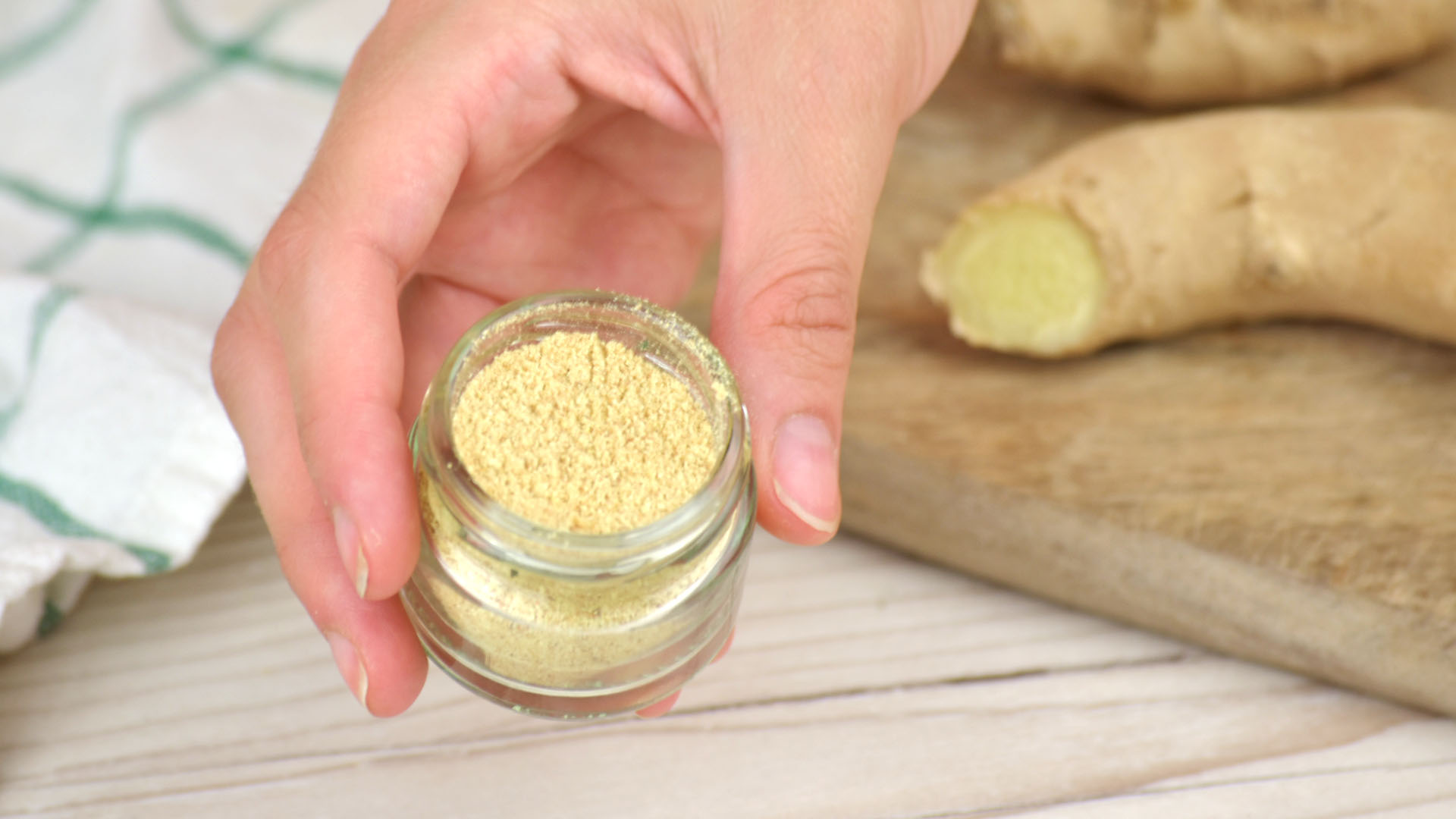
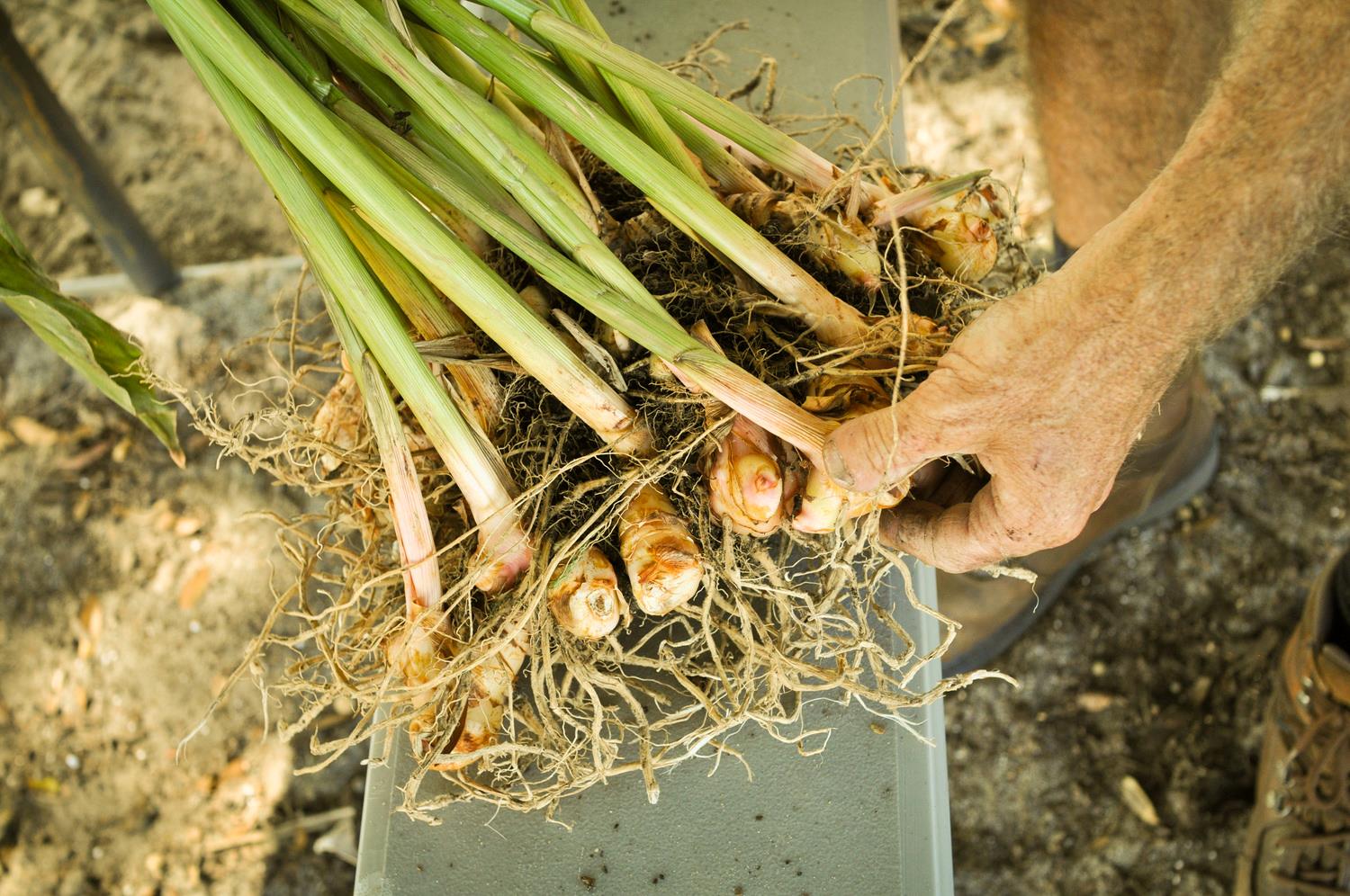
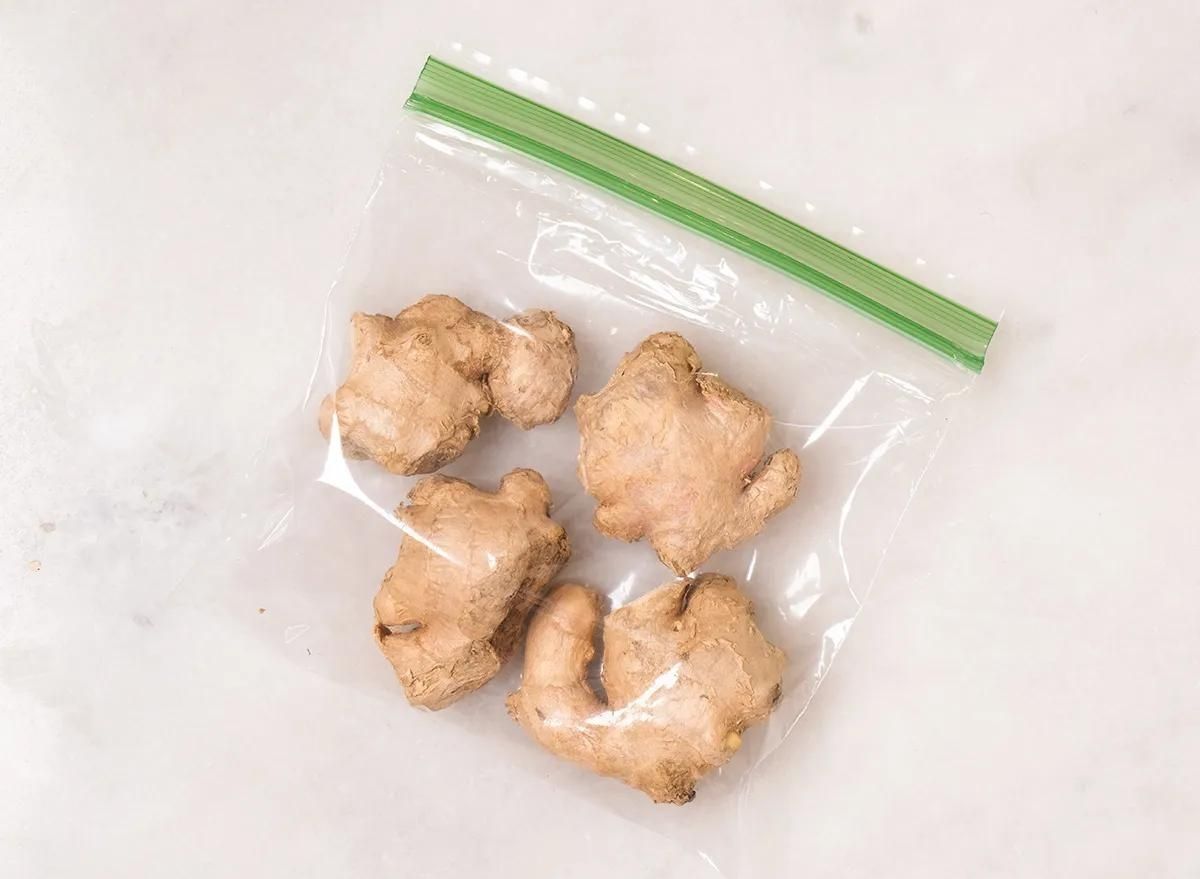
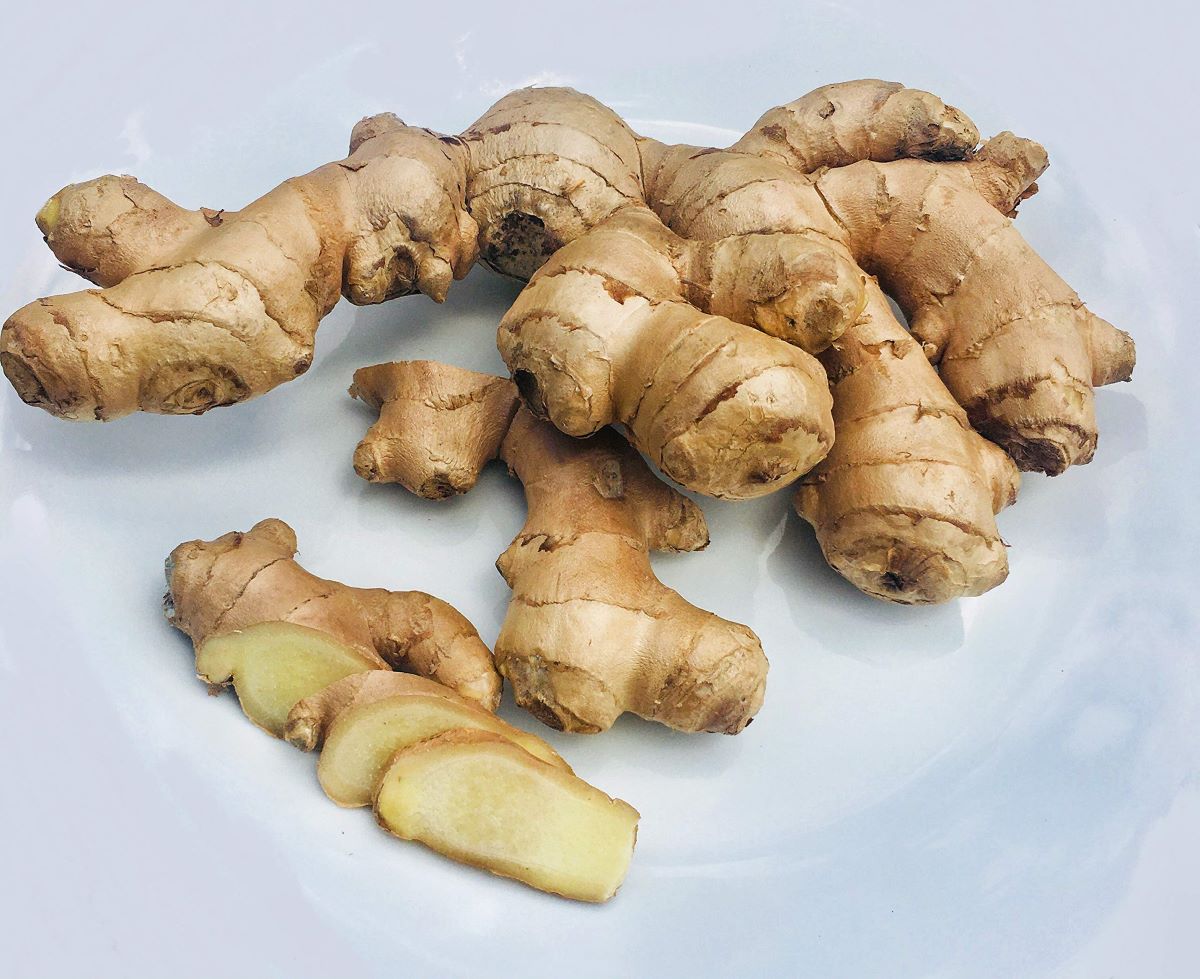
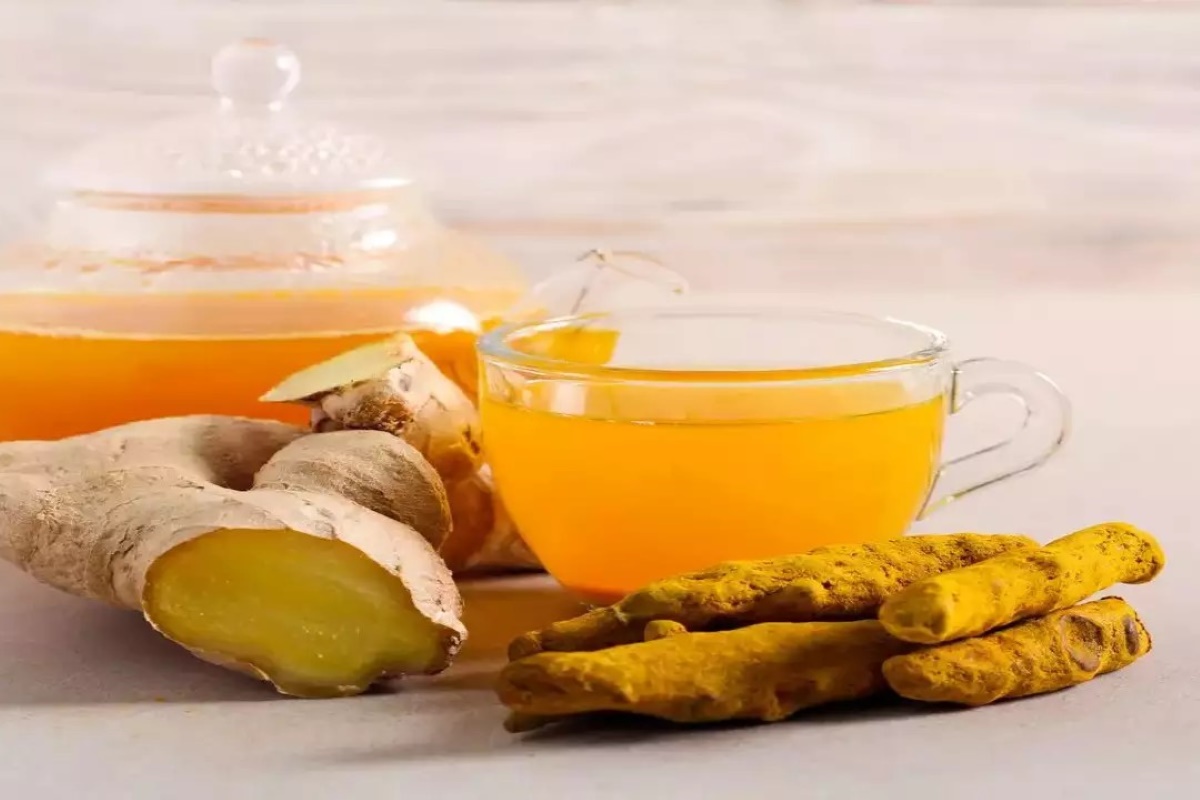
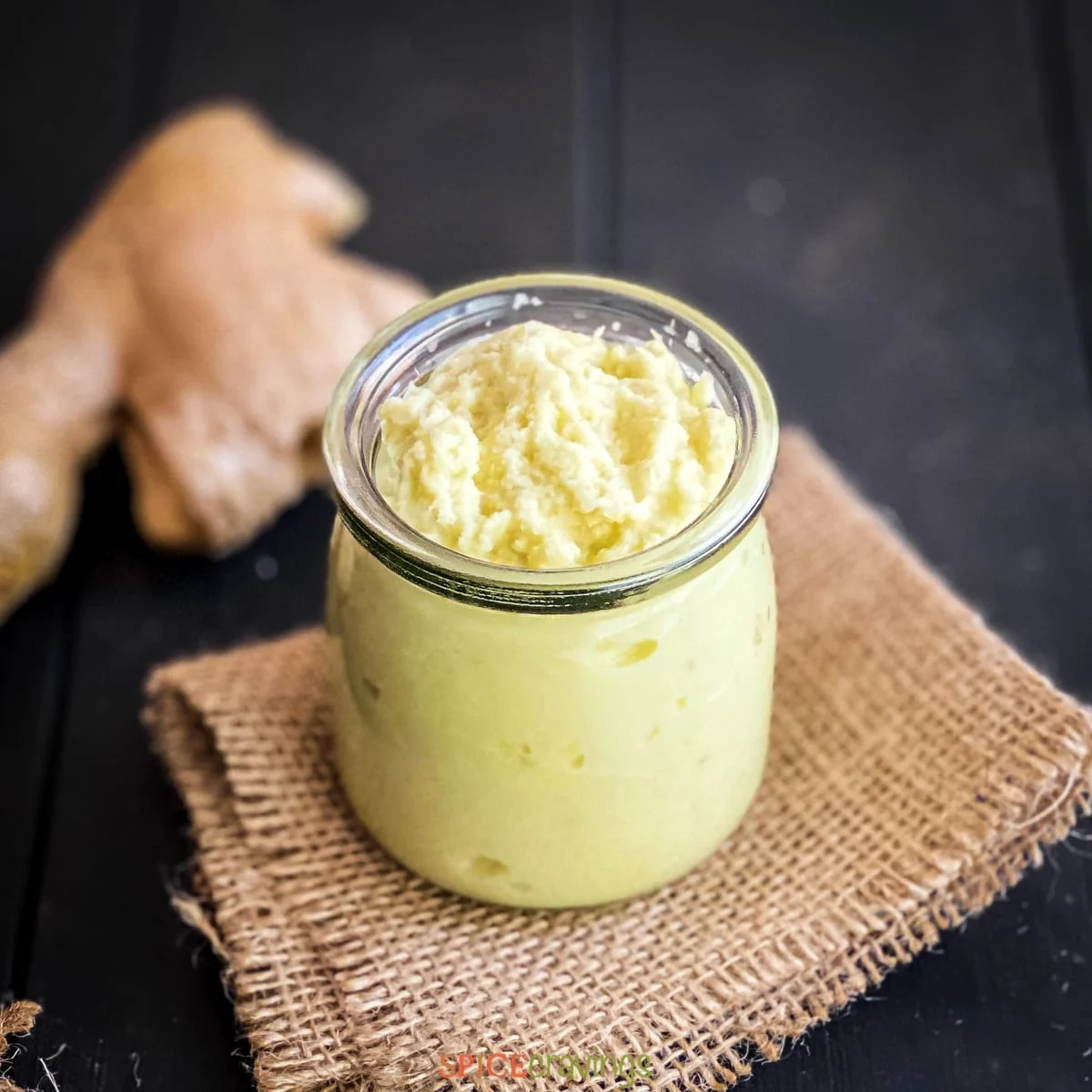
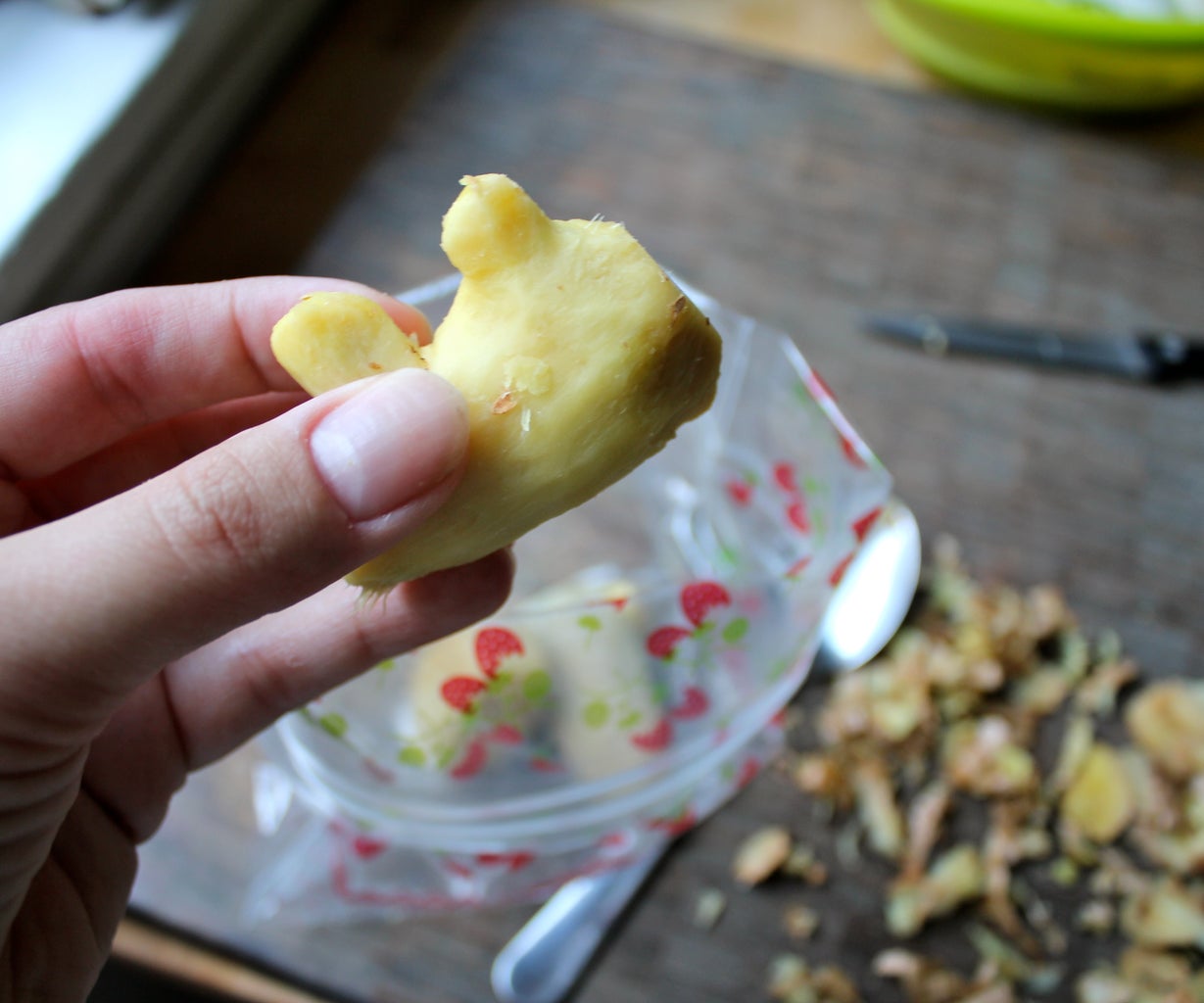
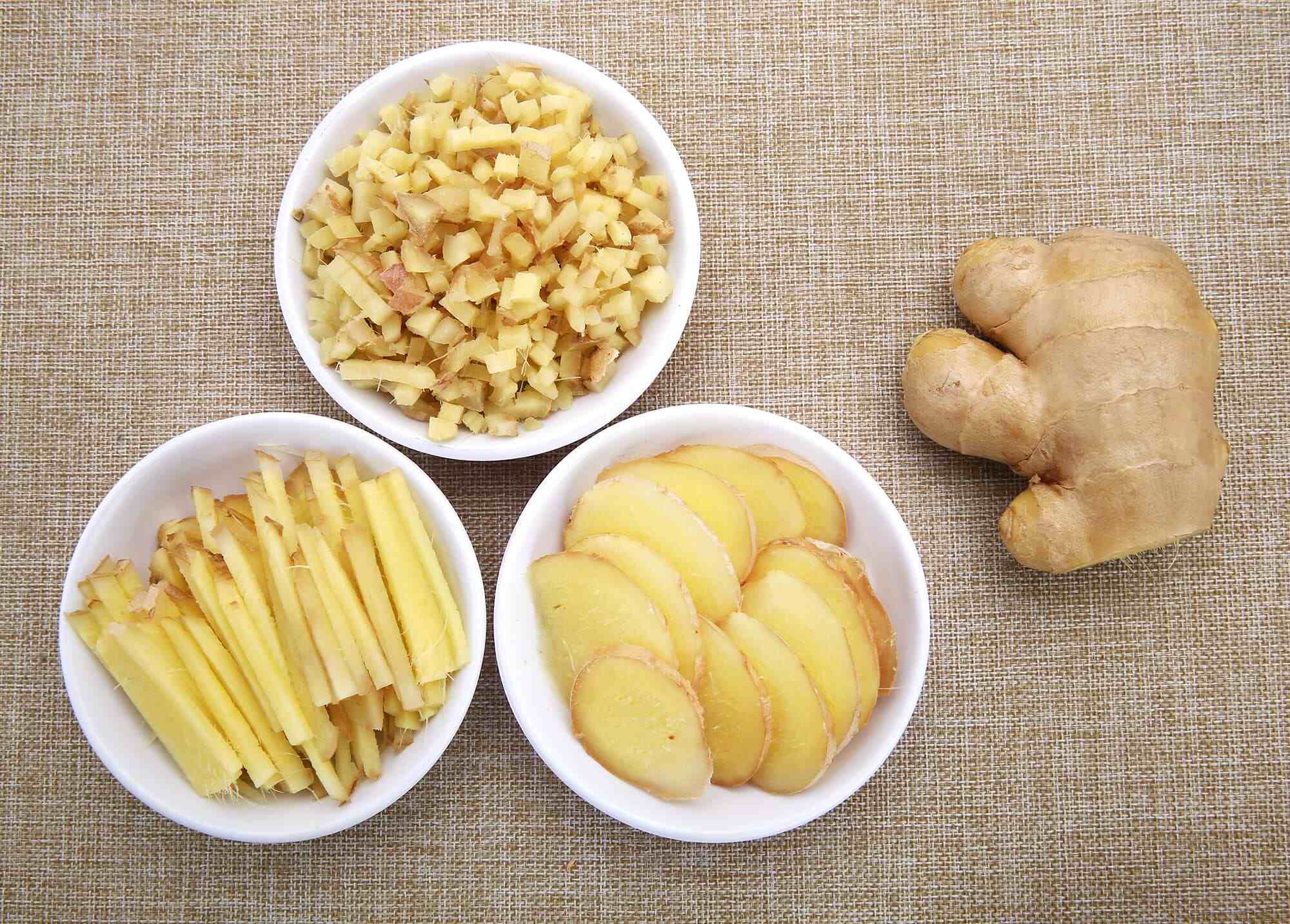
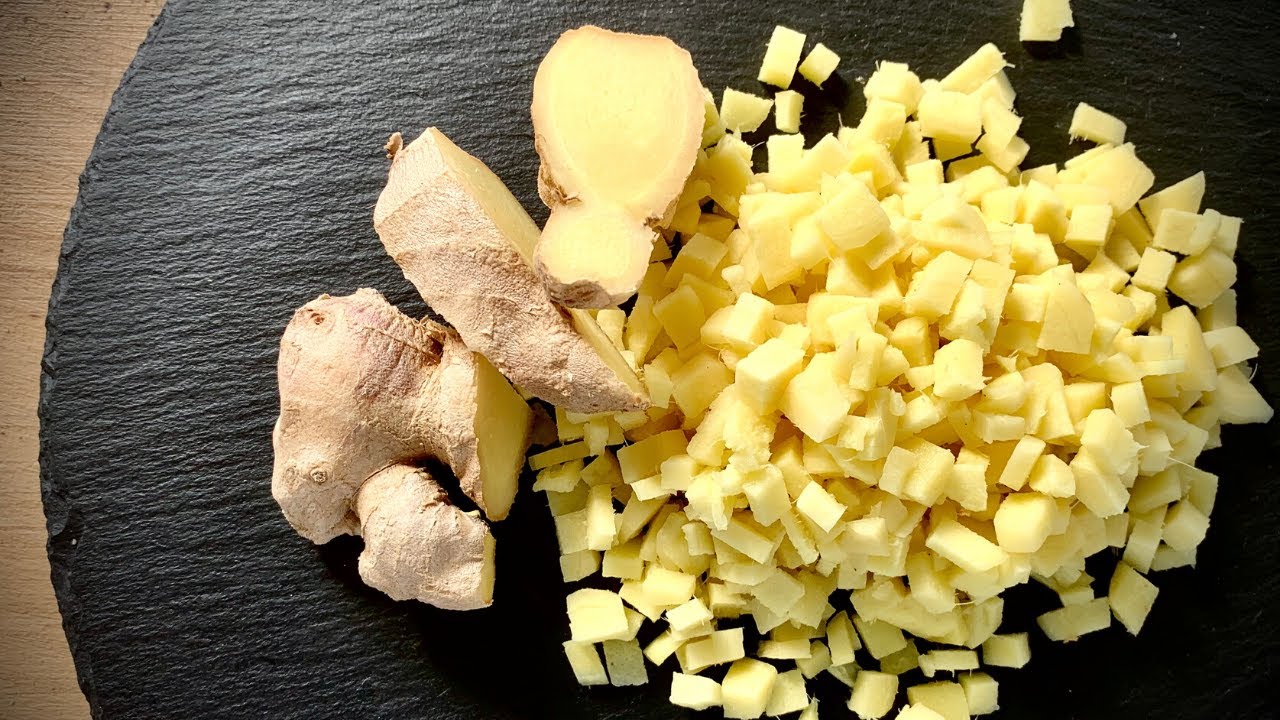
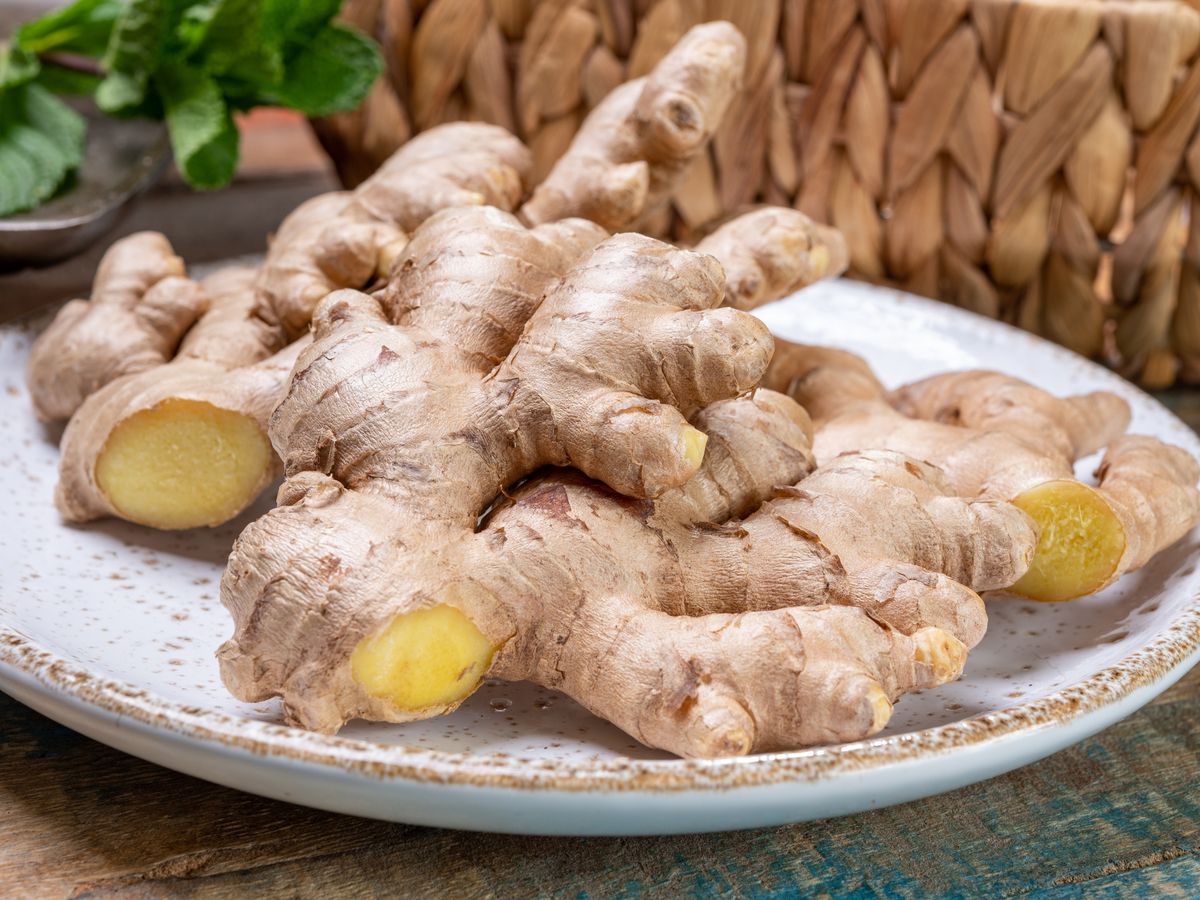

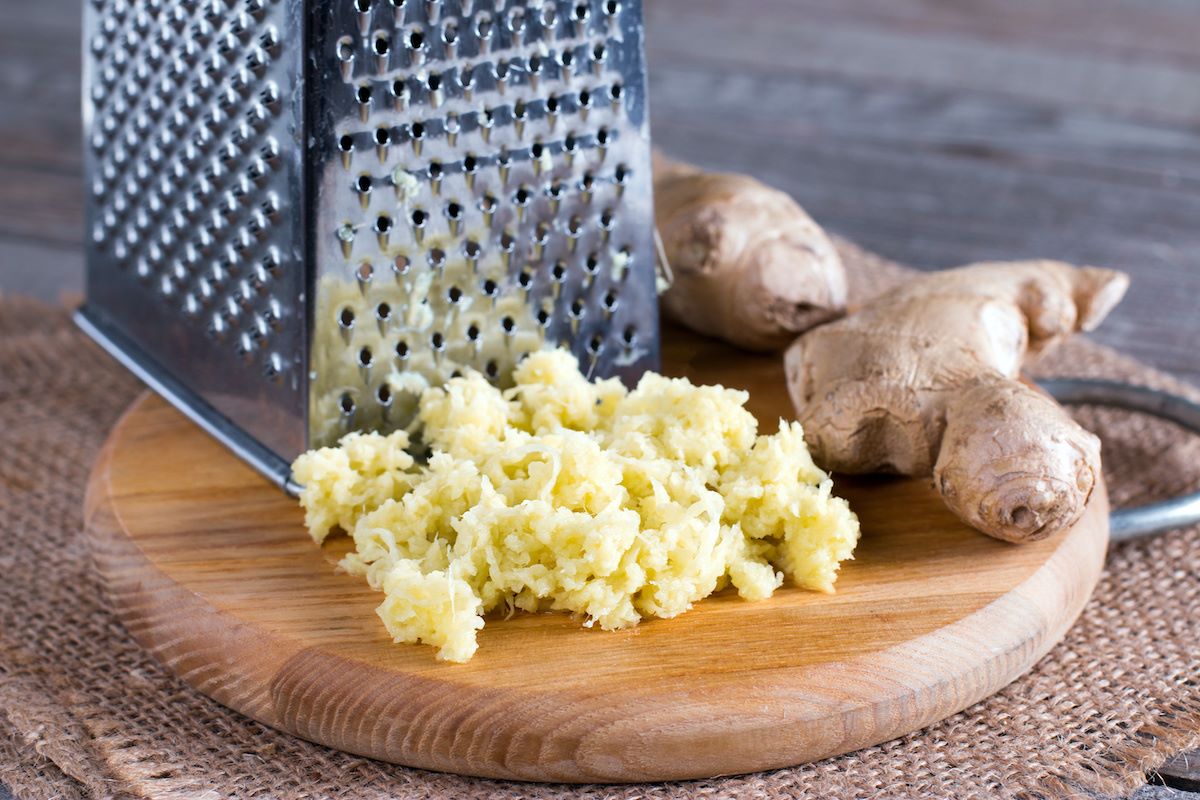

0 thoughts on “How To Store Ginger”